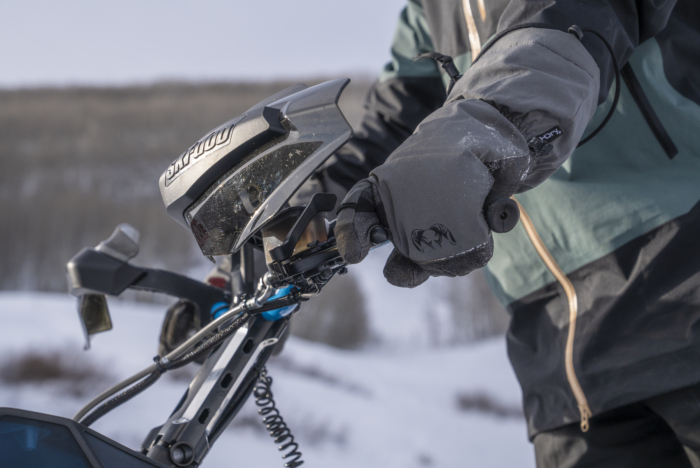Women’s cycling needs vary from men’s in several ways. Here’s some information to help you find the perfect fit for your bike.
Everyone who takes biking — and their body — seriously deserves the benefits of a professional bike fit. On the surface, obtaining that fit quality may seem expensive, extraneous, or intimidating.
But whether you’re on a new bike and want it dialed for years of riding ahead or are wondering where some of your injuries might be stemming from, a proper bike fit is a worthy investment.
I recently had my out-of-the-box Liv Langma fit by Denver’s Pedal Fit owner Natalie Collins. She has a doctorate in physical therapy and holds a gold-level BikePT Bike Fit Certification.
I was blown away by the thoughtfulness and technicality of the multi-hour methodology. We made some ah-ha shifts, and what I learned in the process was eye-opening.

“I find that many women do not know what ‘good’ should feel like while riding a bike. There’s also a lot of fear about not being able to advocate for themselves properly,” said Collins.
“I want each person to know that I am their No. 1 advocate for comfort, that we’re not in a huge hurry, and together we have the tools to dial in the proper fit and find solutions for the body.”
She stated that the majority of women are either on the wrong saddle or in the wrong position. This can show up as numbness, tingling, pain in the nether regions, and other compensation problems, such as pressure through the hands, lower back, and neck.

Bike Fit Basics: No Dumb Questions
- Is it safe to wear a tampon while riding?
- Is bladder leakage normal?
- How can I “adjust” genital tissue between my bike and shorts?
- What’s the proper way to sit on a saddle?
- How do I prevent or cure saddle sores?
- Is it normal for long rides to interfere with my ability to be intimate afterward?
Female Body and Bike Mechanics


DIY Fit Kit: Posture to Pedals
- Bike posture: Support a comfortable and healthy posture while riding. This includes a lengthened back, relaxed shoulders/elbows, and a neutral pelvis — not rounded to “avoid” the middle or front of the saddle.
- Leg position: Knees should have a gentle bend, and ankles should be at roughly 10-15 degrees. To test this, stand on flat ground, rock forward onto the balls of the feet, and lift your heel about one inch. That’s the ideal ankle position to maintain through the pedal stroke.
- Saddle setup: Select a proper saddle and set it to the right height. “This is one of the most detailed adjustments, with the goal being a neutral foot to get the knee into the most ideal position,” Collins said. In your riding shoes, temporarily place your heels on the pedals and pedal backward. Your knees should fully straighten at the bottom of the pedal stroke while the hips stay centered.








